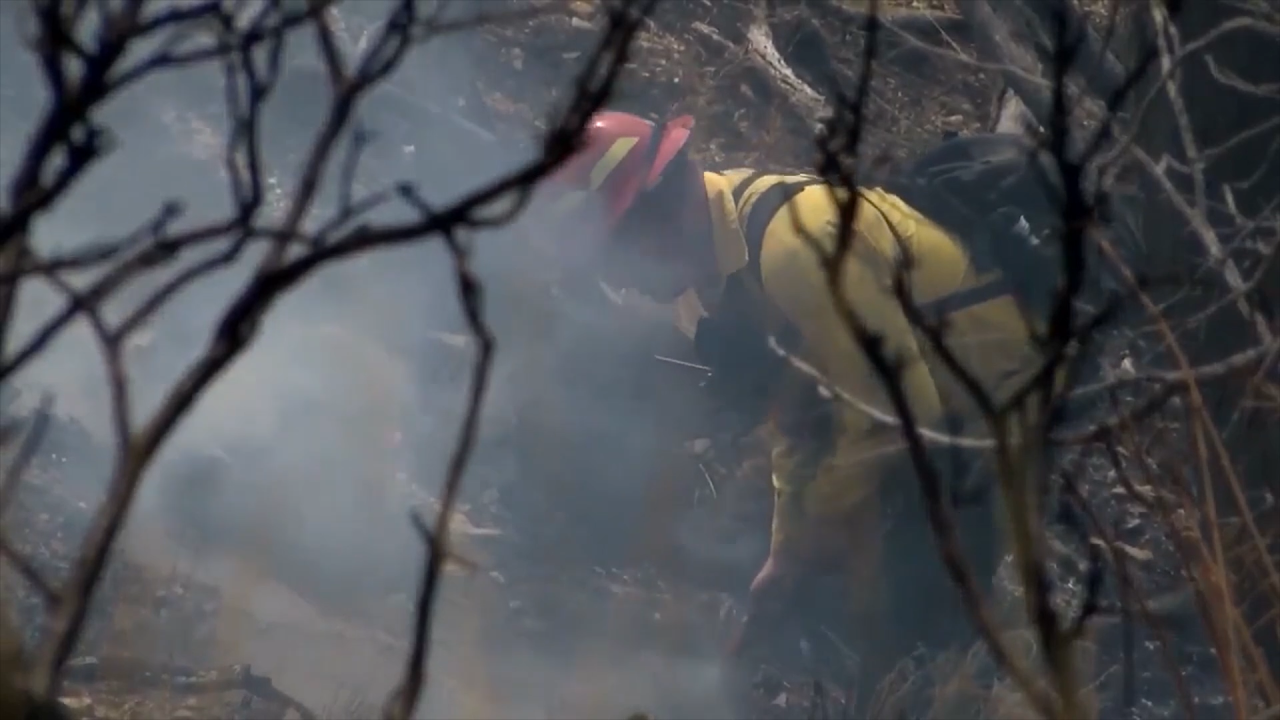HELENA — The Montana Department of Natural Resources and Conservation (DNRC) says the unusually early fire season has been rough, with new fires often a daily occurrence.
According to the Northern Rockies Coordination Center (NRCC), there have been more than 1,600 wildland fires reported in Montana this year that have burned well over 219,000 acres as of August 2, numbers that continue to grow every day.
Battling wildland fires is not an inexpensive endeavor. Air tankers, dozers and boots on the ground all cost money.
Montana entered the fiscal year with the Fire Suppression Fund at its statutory maximum of roughly $105 million. Since July 1, the beginning of the state’s fiscal year, Montana has spent $19.4 million in fire suppression costs. Roughly $6 million in costs occurred just in the past week of July 26 through August 1.

“We’ve been fighting fire in the Nothern Rockies and across Montana for the last six or seven weeks,” explained DNRC Central Land Office Forestry Division Manager John Huston. “Generally, we don’t get in that busy of a season until now, so we’re already six weeks ahead of schedule on people being tired, being fatigued and worn out. And the Public is probably getting tired of it as well seeing the smoke every day.”
Although the state has the money to cover the costs of fighting wildland fires so far, there are requests that have gone unfilled while agencies and teams prioritize sending resources where they’re needed most.
Although a fire may be smaller in acreage, there may be homes or ranches threatened that could be lost if the fire burns unchecked. The primary goal of fire suppression efforts in the state is, as always, to keep people safe.
“We’re having such rapid fire growth keeping people safe is a high concern. Whether that’s getting the public out of the way of these rapidly moving fires, or keeping our firefighters who are on the ground, keeping them safe and in safe places to fight fire,” Huston said.

DNRC rotates people out to help manage fatigue, but due to the consistency of new and threatening fires, those teams are off to their next fire as soon as their rest period is completed.
The state has also be using “pulse resources” designed to help contain a fire during a critical time.
“We have the pulse resources that are usually made up of a couple of hotshot crews and some engines mixed in. They can help a fire out for a few days and get out. We’ve really trained to use our tactics the best we can at the right time and the right place.” - John Huston, MT DNRC
DNRC hopes they’ll get a chance to catch their breath with predicted rainy weather patterns this week, but it’s only the beginning of August and Montana is still a long way from the end of this fire season.
The best way people can help Montana firefighters right now is to be extra careful to not start a fire and report any fires they see.
Montana is also home to a multitude of volunteer fire departments across the state that are in need of people. Volunteers are often the first line of defense during a wildfire and often prevent fire from becoming major incidents by catching them early.
-
Be Prepared: Evacuation Tips
Helpful tips and suggestions should you need to evacuate due to a wildfire -
Wildland Fire Terminology 101
Search common terms used in wildland firefighting and reporting to better understand what is happening during a fire. -
Fire Restrictions in Montana
View a map showing current fire restrictions in across Montana. -
Wildfire Watch: Submit Your Photos
Click here to share your photos or videos with MTN News.




